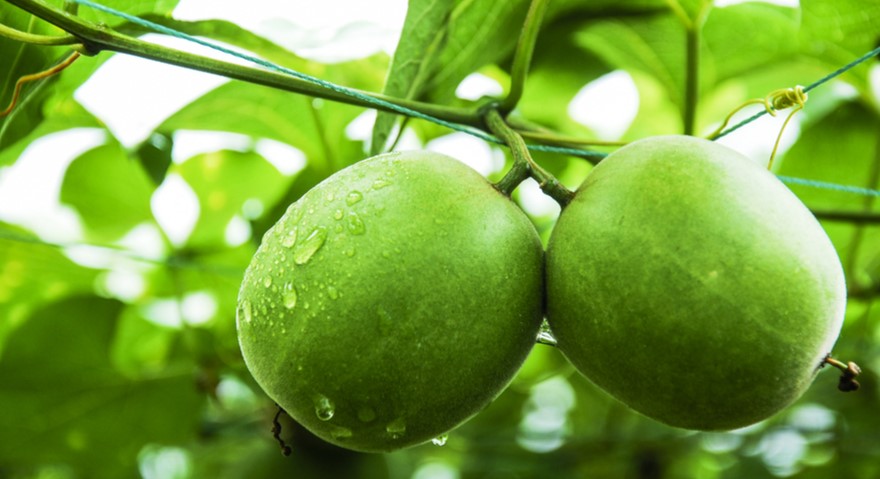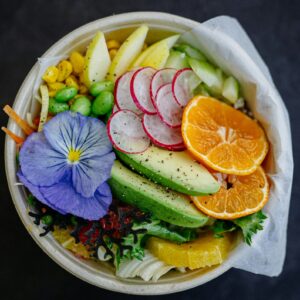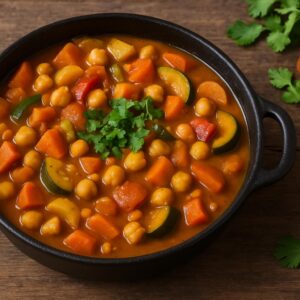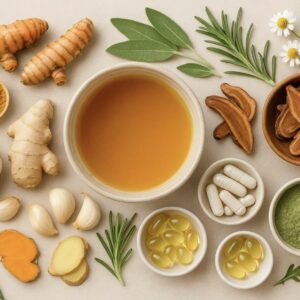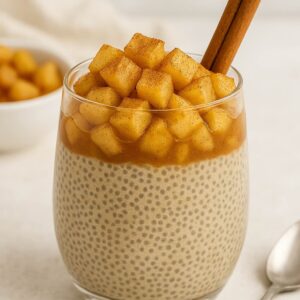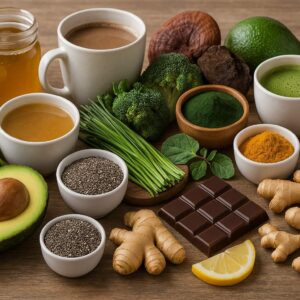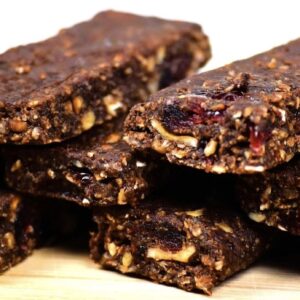Lately, monk fruit has been popping up as an ingredient in various foods on our Go Natural shelves. It can found in cake and muffin pre-mixes, energy bars and other goodies. We are also starting to see it being used in keto recipes as a sweet addition minus the carbs and calories.
So……what exactly is monk fruit?
Originating from China, monk fruit or lo han guo, is a small round fruit that’s been used for centuries as a cold and digestive aid. Now, monk fruit extract is being used as an alternative to sugar to sweeten a range of foods. The extract is the juice produced by removing the seeds and skin first before crushing the fruit.
Why choose monk fruit extract over other sweeteners?
Thanks to the main compound, ‘mogrosides’, found in monk fruit, the extract isn’t absorbed by the upper gastro-intestinal tract. It travels straight through to our colon without contributing any carbohydrates or calories to our diet. Sounds too good to be true, right?
Other key benefits to choosing monk fruit..
- Suitable for diabetics, keto followers and those on a low calorie or carbohydrate diet as monk fruit doesn’t impact blood sugar levels or provide any calories at all.
- Monk fruit is considered a safer sweetener with no apparent side effects, often seen in artificial sweeteners.
- Studies have shown that monk fruit has potent levels of antioxidants which can help boost immunity and delay signs of ageing by protecting against free radical damage.
How it compares to other sweeteners?
Monk fruit is similar to stevia in that it can be 100-250 times sweeter than sugar so using it as a baking substitute can be difficult. It is often better suited for use in smoothies, salad dressings and sauces. It can also be used in desserts and baked goods where the bulk of sugar isn’t a necessary ingredient. The difference between stevia and monk fruit, and why many people prefer it, is it doesn’t leave that same unique and often unpleasant aftertaste that stevia does.
Another bonus, besides having zero calories, is rather than upsetting digestion (as some sweeteners can), the anti-inflammatory properties in the fruit can soothe and heal an irritated gut and promote bowel regularity.
How to use it in recipes?
Monk fruit can be used alone or mixed with another of your favourite sweeteners to enhance the overall sweetness and flavour of your food.
The following is a guide on how much pure monk fruit extract to use in place of sugar:
2 tsp sugar – 1/64 tsp monkfruit extract
1/3 cup sugar – 1/8 tsp monkfruit extract
3/4 cup sugar – 1/4 tsp monkfruit extract
1 1/2 cups sugar – 1/2 tsp monkfruit extract
As you can see, a little goes a long way!
written by Emma H for go natural foods

